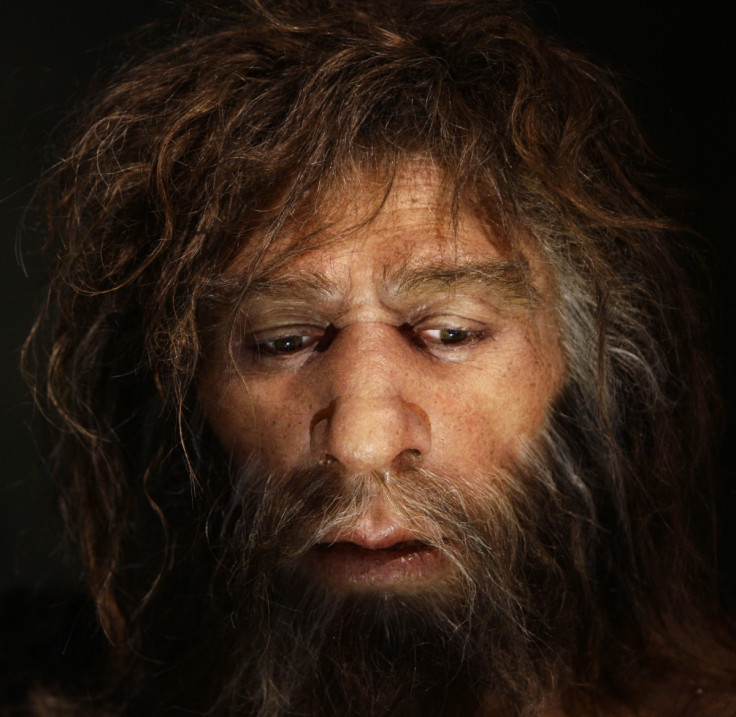45,000-Year-Old Siberian Man's Genome Pinpoints When Neanderthals and Humans First Had Sex

Scientists have sequenced the genome of a man believed to have lived 45,000 years ago, the oldest genetic record ever reconstructed in regards to modern humans.
As the earliest-dated modern human to have been found outside of Africa or the Middle East, the study has given researchers an accurate date range for sexual interaction between Neanderthals and humans, which they now believed occurred between 50,000 and 60,000 years ago.
For the study, scientists reconstructed the genome from the thighbone of a male from western Siberia, who was found near the settlement of Ust'-Ishim. The team was led by a geneticist from the Max Planck Institute for Evolutionary Anthropology in Leipzig, Germany.
The ancient male is the earliest-dated modern human found outside Africa or the Middle East, as the previous human to have their genome sequenced was more than 20,000 years younger.
"We now have some idea how people who lived 45,000 years before present were related to present-day people," Janet Kelso, a researcher at the Max Planck Institute for Evolutionary Anthropology, told The Washington Post.
Researchers said the man's femur also provided the team with genetic information comparable to what we know about humans today. The fragments of DNA showed the man was closely related to modern-day early-Europeans and Asians, indicating that interbreeding had already occurred when Ust'-Ishim was founded.
Until now, estimates of when our ancestors intermixed with other groups have been vague, with researchers setting the date between 37,000 to 86,000 years ago.
However, as the "Ust'-Ishim man" was born much closer to the time of the interbreeding, the researchers were able to analyse his DNA to pinpoint a more accurate time scale. They believe it took place around 7,000 to 13,000 before he lived, between 50,000 and 60,000 years ago.
"The population to which the Ust'-Ishim individual belonged may have split from the ancestors of present-day West Eurasian and East Eurasian populations before, or at about the same time, when these two first split from each other," Svante Pääbo, who led the research, said.
"It is very satisfying that we now have a good genome not only from Neandertals and Denisovans, but also from a very early modern human."
The area where the man was found also threw up some intriguing information, as it is the first direct evidence that modern humans lived there at the time.
John Hawks, a paleoanthropologist at the University of Wisconsin, who was not involved in the study, told National Geographic: "It's irreplaceable evidence of what once existed that we can't reconstruct from what people are now. It speaks to us with information about a time that's lost to us."
The research was published in the journal Nature.
© Copyright IBTimes 2025. All rights reserved.






















